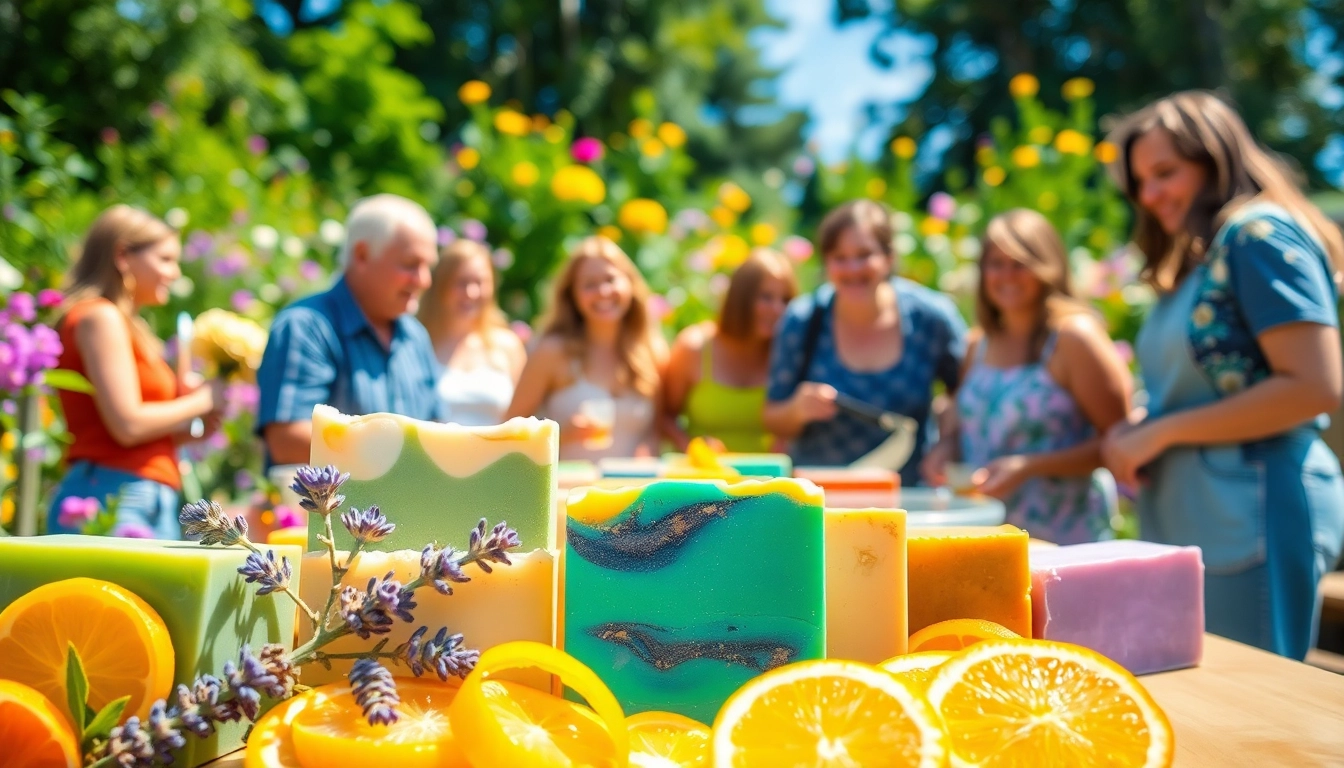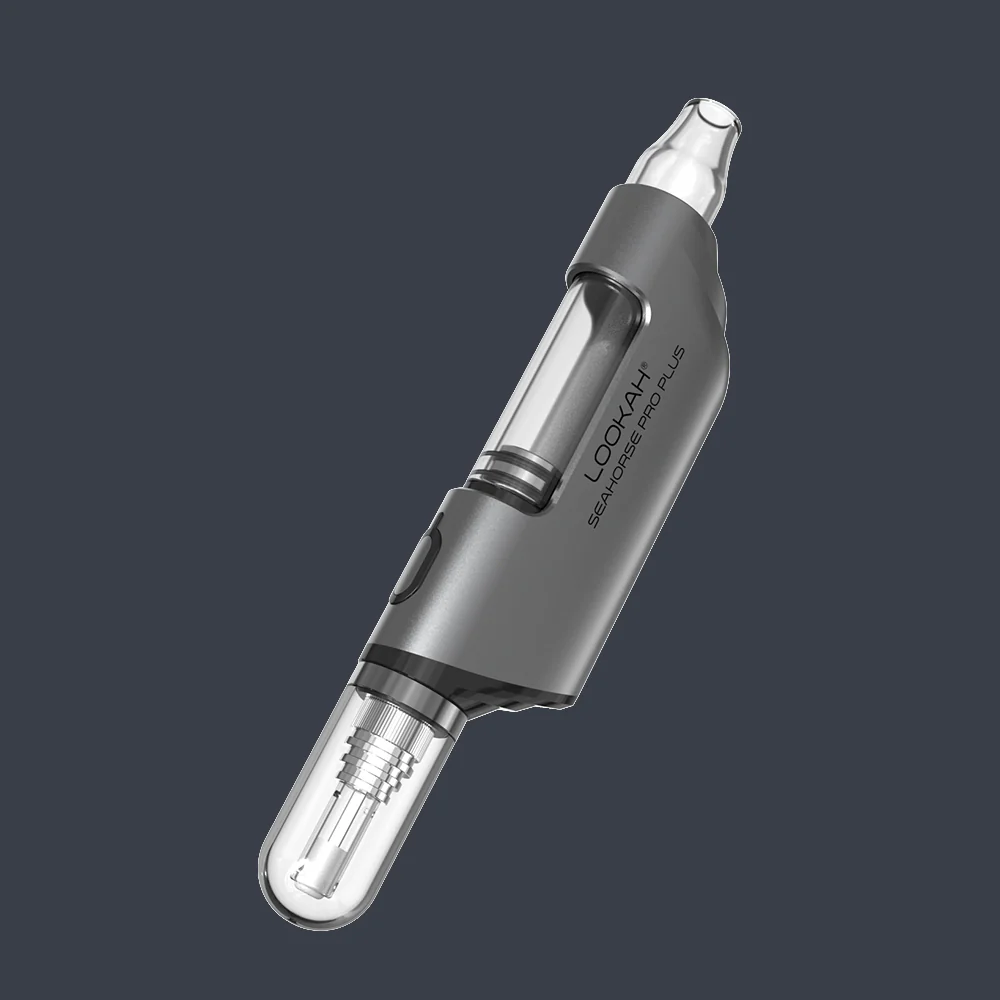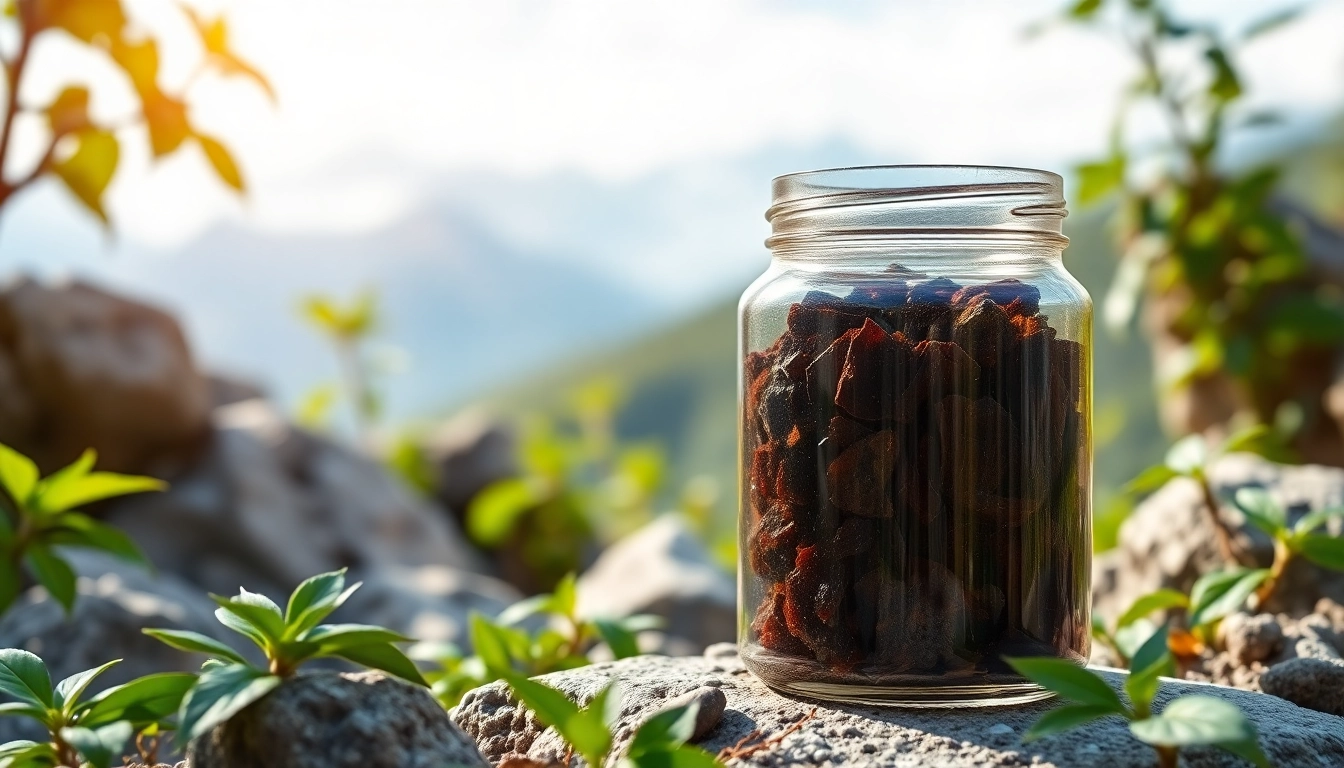
Introduction to Natural Soap Making
Natural soap making has become an exciting and rewarding venture for many artisans and enthusiasts. Crafting your own soap not only allows for creativity but also provides the opportunity to use organic ingredients that are beneficial for the skin. From selecting natural oils to customizing scents and colors, the process of making soap can be both an art and a science. In this article, we will delve into the world of natural soap making, exploring its benefits, essential techniques, key ingredients, creative designs, and effective marketing strategies. Whether you are a beginner or looking to refine your skills, there is something here for everyone. For more resources on natural soap making, check out www.sudswild.com.
What is Natural Soap?
At its core, natural soap is created using plant-based ingredients without synthetic additives, colorants, or fragrances. Unlike commercial soaps, which often contain harsh chemicals that can strip the skin of its natural oils, natural soaps are formulated to leave the skin hydrated and clean. The key to natural soap making lies in the chemical reaction that occurs during the saponification process, where fats or oils react with an alkali (sodium hydroxide for bar soap, potassium hydroxide for liquid soap) to create soap and glycerin.
Benefits of Using Natural Ingredients
The benefits of using natural ingredients in soap making are manifold:
- Skin-Friendly: Natural soaps are less likely to cause irritation, making them suitable for sensitive skin types.
- Eco-Friendly: Many natural soaps are biodegradable and made from renewable resources, minimizing environmental impact.
- Customizable: You can control the ingredients, ensuring they meet your skin’s needs and personal preferences.
- Unique Scents and Colors: Utilizing essential oils and natural colorants brings a unique touch that commercial soaps often lack.
Basic Tools and Materials Needed
Before diving into soap making, it’s essential to gather the right tools and materials:
- Safety Gear: Gloves, goggles, and long sleeves to protect your skin and eyes from lye.
- Container for Mixing: A heat-resistant bowl or pot; stainless steel or glass is recommended.
- Scale: To measure ingredients accurately.
- Stick Blender: For mixing oils and lye to achieve trace quickly.
- Molds: Silicone molds are versatile and easy to work with.
Popular Techniques for Crafting Soap
Cold Process Method Insights
The cold process method is one of the most popular ways to make soap, allowing for greater control over ingredients and scents:
In this method, oils are heated and then mixed with a lye solution, and once combined, the mixture is blended until it reaches “trace”—a point where the mixture thickens and holds a trail. Cold process soap typically takes 4-6 weeks to cure, during which the saponification process completes, resulting in a mild, hard bar of soap.
Hot Process Method Explained
The hot process method accelerates the saponification, which means that soap can be used more quickly compared to the cold process. In this technique, the mixture is heated—either in a slow cooker or an oven—after combining the lye with oils. Once fully cooked, the soap can be poured into molds and is usually ready to use within a week, although allowing additional curing time improves the final product.
Understanding Melt and Pour Techniques
Melt and pour soap making is the easiest way for beginners to get started. This method involves melting a pre-made soap base and customizing it with colors, fragrance, and other additives before pouring it into molds:
While melt and pour does not require lye handling, it still allows for creativity and customization, making it suitable for kids or quick projects.
Essential Ingredients and Their Properties
Common Oils and Fats Used in Soap Making
All soaps are formulated using oils and fats that each contribute unique properties:
- Coconut Oil: Provides lather and cleansing properties; use in moderation to avoid dryness.
- Olive Oil: Offers moisturizing benefits and a gentle feel; a great base oil.
- Palm Oil: Contributes hardness to soaps and stable lather.
- Sweet Almond Oil: Known for its skin-nourishing properties; great for sensitive skin formulations.
Choosing Natural Colorants and Scents
Natural colorants and scents can enhance your soap’s appeal. Common options include:
- Colorants: Clay, turmeric, spirulina, and beetroot powder are excellent for natural hues.
- Essential Oils: Lavender, peppermint, and eucalyptus not only lend pleasing aromas but also provide therapeutic benefits.
Considerations for Sensitive Skin Formulations
When creating soap for sensitive skin, it’s vital to avoid irritants. Consider the following:
- Stick to gentle oils like olive or jojoba.
- Avoid strong fragrances and opt for mild essential oils.
- Include soothing additives like aloe vera or oatmeal.
Creative Soap Designs and Customization
Layering Techniques for Visual Appeal
Layering soap is a creative way to create visually stunning bars. This technique involves pouring different colors or scents at intervals, allowing each layer to cool before adding the next.
Experimenting with using techniques such as the “spoon swirl” can also yield beautiful marbleized effects.
Use of Molds and Shapes for Unique Creations
The type of mold you choose can dramatically influence your soap design:
Silicone molds can create intricate designs, while simple loaf molds may be easier for beginners. The form of your soap, be it bars, round, or novelty shapes, can also add a personalized touch that appeals to different markets.
Adding Natural Exfoliants and Botanicals
Integrating natural exfoliants like coffee grounds, oatmeal, or dried herbs can enhance the functionality and aesthetics of your soap. These additions can provide texture and a sensory experience during use.
Marketing Your Handmade Soap
Tips for Effective Branding and Packaging
Creating a brand presence is crucial in a competitive market. Focus on the following:
- Design unique packaging that reflects your brand values and stands out.
- Ensure descriptions highlight the benefits of your natural ingredients as well as any ethical sourcing practices.
- Use engaging photography that showcases your products in a lifestyle context.
Pricing Strategies for Handmade Products
When setting prices for your soap, consider the following factors:
- Calculate the cost of materials, labor, and overhead.
- Research competitor pricing while considering the unique selling points of your product.
- Factor in your target audience’s willingness to pay for premium products.
Leveraging Online Platforms for Sales
Successful marketing of handmade soap often involves utilizing multiple online platforms:
- Etsy: A favored marketplace for artisans allowing targeting of niche buyers.
- Social Media: Use platforms like Instagram and Pinterest to showcase your soap visually through high-quality images and engaging content.
- Your Own Website: Having a dedicated space like www.sudswild.com allows for greater control and branding opportunities.
Conclusion
Making natural soap is a fulfilling craft that combines creativity with the benefits of using wholesome ingredients. Understanding the various methods, ingredients, and marketing strategies allows artisans to produce unique products that can resonate with consumers. Whether your goal is personal use, gift-giving, or establishing a business, the world of natural soap making invites you to explore and express your creativity. Embrace the journey and enjoy the process of crafting beautiful, natural, and skin-friendly soaps.






